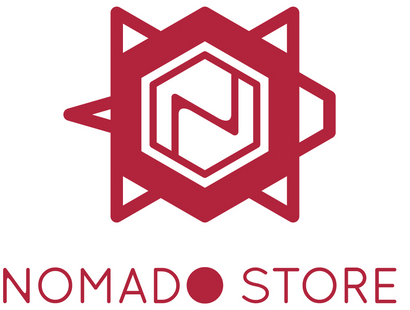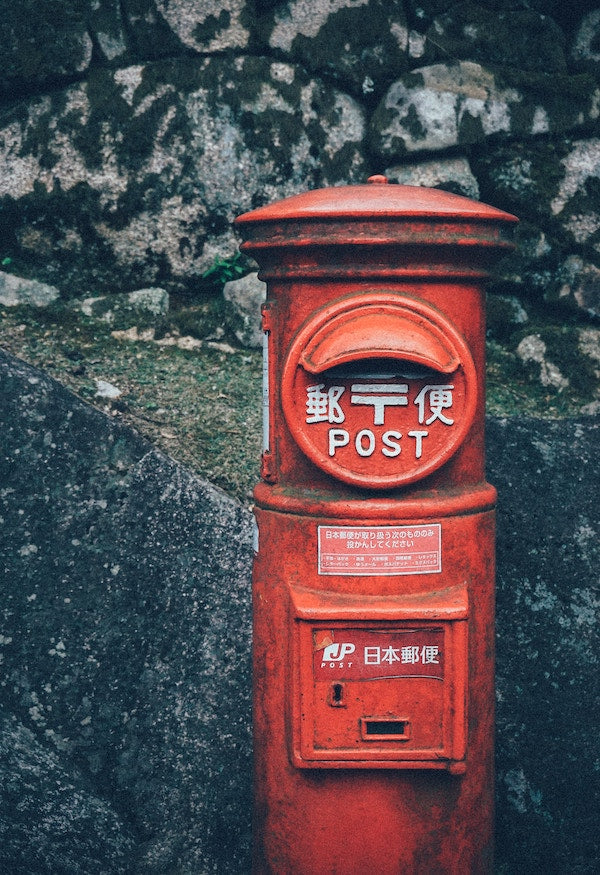Your Cart is Empty







Platinum Preppy Wa Modern Maki-e - Limited edition 2024 (6 patterns)
€12.00
Platinum presents a new edition of the Preppy WA Modern Maki-e.Each pen features traditional Japanese patterns and each pattern carries its own auspicious symbol. These patterns are meticulously applied using the modern Maki-e technique. This innovative technique combines the artistry of traditional Maki-e with modern silk screen printing. Layers of colored powders, such as gold and silver, are meticulously hand-finished by skilled artisans, creating a captivating three-dimensional effect.
The six designs include :
Hyotan (Gourd)
The fruit of the gourd has a constricted shape in the center, and because of its interesting shape, it was made into a pattern along with the vines and leaves. Because gourds have many seeds, they are popular as auspicious patterns that bring prosperity to descendants.
Tachibana (Citrus tachibana)
Tachibana is the only wild mandarin orange in Japan. In Kojiki (records of ancient matters in Japan), Tachibana is described as a plant of Tokoyo no Kuni (the utopia of immortality). And it is considered a symbol of eternal prosperity and longevity, and is used as an auspicious motif.
Koi no Taki-Nobori (Carp climbing up a waterfall)
Carp with strong vitality is considered the chief river fish. And it is also said to be an auspicious pattern that symbolizes success in life, based on an ancient Chinese story that says, "A carp that climbs a rushing waterfall ascends to the sky and becomes a dragon."
Nasu (Eggplant)
The Japanese word Nasu is a homophone that means "things will go well" and "success," and people have loved it as a pattern that brings good luck. It is said that "Ichi-Fuji, Ni-Taka, San-Nasubi (Mt.Fuji, hawk, and eggplants)" will bring good luck if seen in the first dream of New Year, and it is a plant that is familiar to Japanese people.
Yanagi ni Koumori (Bats and Willow)
In China, the kanji for bat has the same sound as "turning into good fortune," so it is considered an auspicious pattern that symbolizes good fortune and longevity. Japan was also influenced by this and was seen as a symbol of happiness during the Heian period.
Asagao (Morning Glory)
Morning glories were introduced in the Heian period for medicinal purposes, and their cultivation became popular during the Edo period, where they began to be depicted in ukiyo-e. Because the seeds are expensive, it is also said to be a symbol of wealth and prosperity. It also has the meaning of "solid bond" because it grows with a strong vine.
Pick your own favorite based on the design or meaning or buy them all.
Platinum pens use proprietary cartridges, availablehere.
Specifications:
- Nib: stainless steel
- Nib sizes: 0,3mm - Fine (F)
- Slip & seal mechanism to avoid ink dry-out
- Includes 1 ink cartridge
- Made in Japan.
INCL.VAT price includes European VAT for orders shipping to the European Union.









